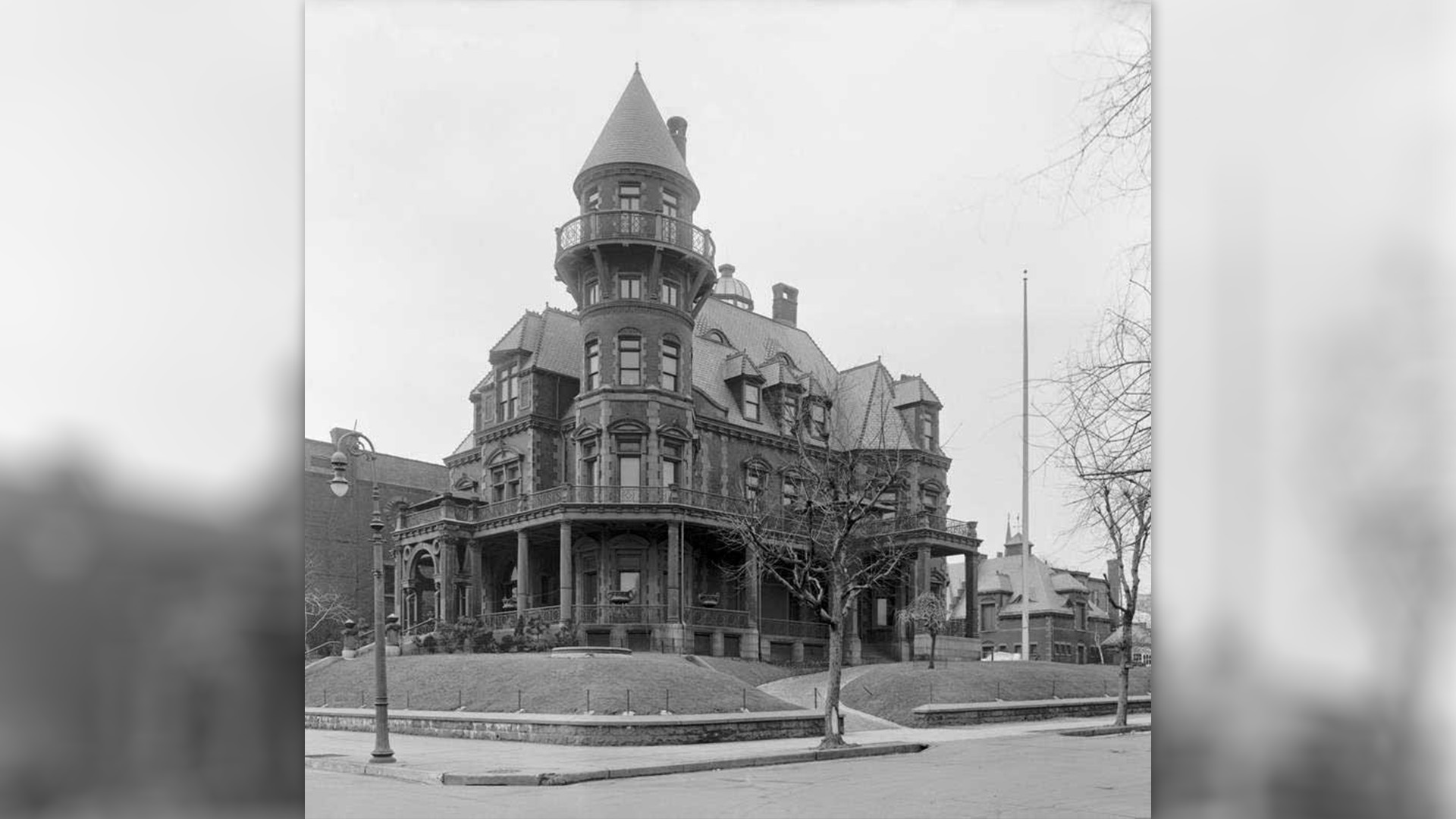New Jersey Historical Structure Sees Restoration After 20 Year Delay

A long-overdue restoration effort has finally brought new life to the Krueger-Scott Mansion, one of Newark’s most striking historic landmarks. Built in 1888, this late Victorian-style mansion has endured decades of neglect, multiple ownership changes, and stalled redevelopment plans. Now, after more than 20 years of vacancy, a renewed commitment from the City of Newark and its partners is ensuring that this architectural treasure is restored for future generations.
A Landmark with a Rich History
The Krueger-Scott Mansion was originally commissioned by Gottfried Krueger, a German immigrant and successful brewer. Constructed with intricate sandstone trim, cast-iron detailing, and oak-paneled interiors, the mansion was designed to be a showpiece of wealth and craftsmanship.
In 1926, the mansion was sold to the Valley of Newark Scottish Rite Freemasons, who added a 700-seat auditorium to accommodate their meetings. In 1958, it was purchased by Miss Louise Scott, a Newark entrepreneur and the city’s first African American female millionaire. Scott transformed the mansion into the headquarters for her Scott College of Beauty Culture, while also residing on the upper floors. Under her ownership, the mansion became a hub of business, education, and community leadership.
After Scott’s passing, the mansion was added to both the New Jersey Register of Historic Places and the National Register of Historic Places in 1972. The City of Newark took ownership in 1982, but despite its historical status, the building sat abandoned for decades.
Recognizing its cultural and architectural significance, the City of Newark, the State of New Jersey, and the federal government launched an ambitious effort in the late 1980s and early 1990s, investing $7 million to repurpose the mansion into a Black Cultural Center. Despite these early preservation efforts, however, the mansion remained unfinished and unoccupied for two more decades.

A New Era for the Krueger-Scott Mansion
Then in 2020, a renewed restoration initiative led by the City of Newark and its partners allocated $10 million to complete the project. The latest efforts focus on preserving the building’s architectural details, honoring its role in Newark’s Black history, and supporting local entrepreneurs through the Makerhoods Initiative.
The vision for the Krueger-Scott Mansion is one that merges historical preservation with modern innovation. The revived space is expected to serve as a community hub, offering resources for small businesses, educational programs, and cultural events.
The mansion’s transformation is a prime example of adaptive reuse in historic preservation, showcasing the delicate balance between maintaining architectural integrity and implementing modern infrastructure. The integration of updated building systems, careful structural reinforcement, and site planning highlights the technical and engineering expertise required in such restorations.
As Newark continues to reshape its urban landscape, the Krueger-Scott Mansion stands as a model for revitalizing historic spaces in a way that both preserves history and fosters community development. Its journey—from grandeur to neglect, and now to restoration—demonstrates the power of strategic investment, careful planning, and multi-disciplinary collaboration in the world of historic preservation and redevelopment.




